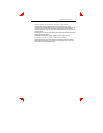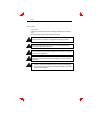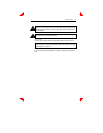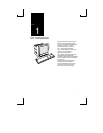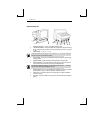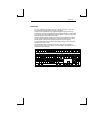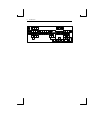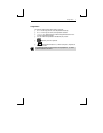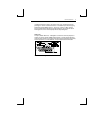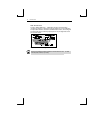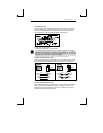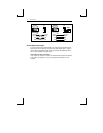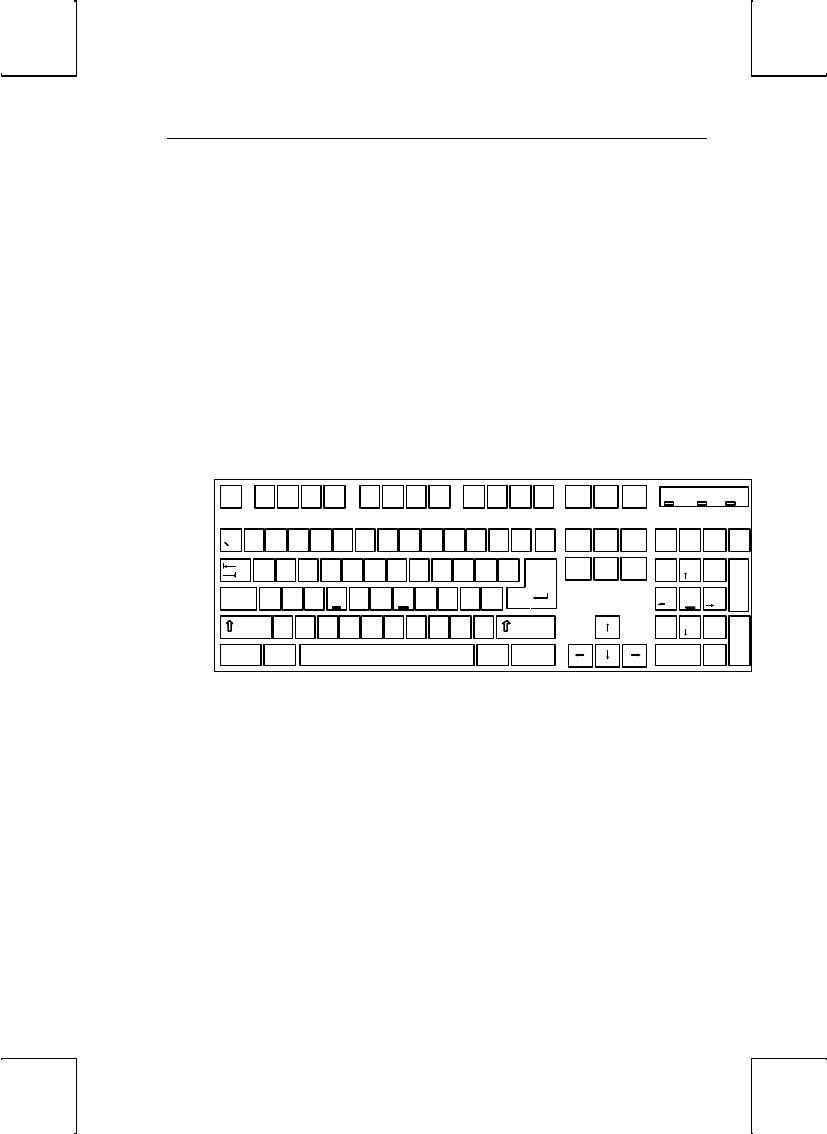
Keyboards 5
Keyboards
The “PC” keyboards, including the EPC (101/102-key) and the PC/+ (106/107-
key), are similar in style and feature a number of key groups.
The alphanumeric keypad is the main typewriter keypad, while the function key
group lies along the top of the keyboard and can be programmed locally or downloaded
from the host. The numeric keypad is the calculator-style set of keys on the right-hand
side of the keyboard, used to enter numeric data.
The cursor and edit keypads, located to the left of the numeric keypad, allows users to
edit text and move around in the document. The communication key group, above
the edit keypad, is used to control communications with the host or printer.
The ASCII keyboard varies from the PC keyboard styles mainly in that it features 28
edit keys and 16 function keys.
For each keyboard, there is a set of local “hot-keys.” They perform a variety of
terminal functions, such as “Print Screen” and “Enter Setup.” (See Appendix A for a
complete list of local functions.)
SysR q Bre ak
Pa use
In ser t
De le te End
7 8 9
+
4 5 6
1 2 3
Ente r
Del
.
0
I ns
-
*/
Pr int
Scr n
Scr oll
Lo ck
Ho me
Pag e
Up
Pag e
Do wn
Num
Lo ck
En d
H om e PgUp
PgDn
@
2
$
4
!
1
6
&
7
8 =
3
%
5
(
9
)
0
Q W E R T Y U I O P
[
FDSA G H J "LK
X C V B MN
.
/
Z
Ctr l
Ct rl
Alt
Alt
Esc
F4F 3F2F1
+
{ }
_
-
Cap s
Lo ck
?
*
^
><
:
;
]
'
~ #
,
Sh ift Shift
Tab
F 12F 11F 10F 9F8F 7F6F5
Nu m
Lo ck
Cap s
L ock
Scr oll
Loc k
Back
Sp ace
|
\
Ente r
+
101-key EPC Keyboard - U.S.




